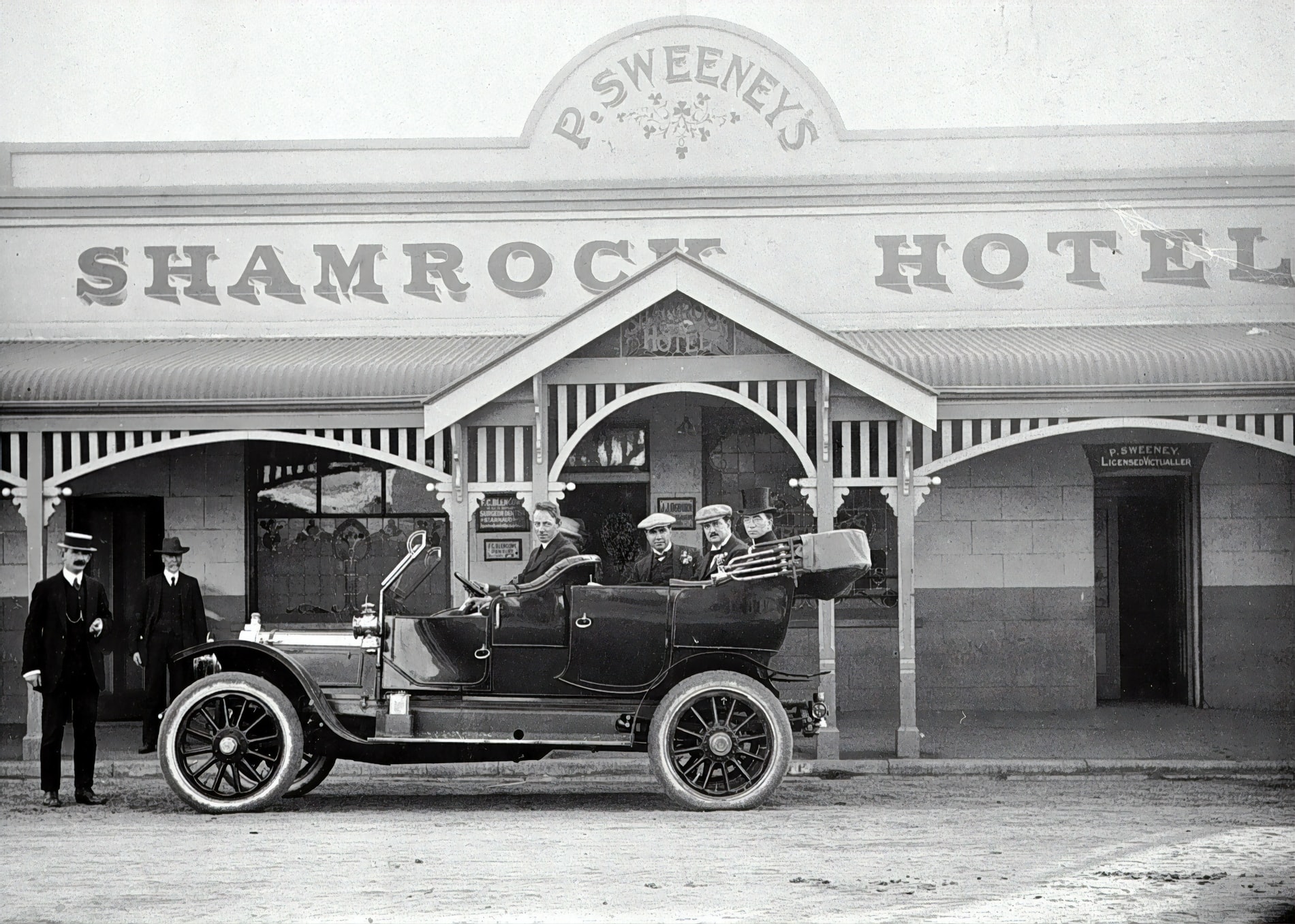Roaring 20s in the 21st Century

In 1918 the deadly Spanish Flu began to spread across the globe. It would go on to take approximately 50 million lives according to the CDC. Fast forward 100 years and the and the situation in this modern age is unnervingly similar. Coronavirus plagues the globe and over 2.5 million lives have been lost and many more are added every day.
After the worldwide pandemic of the H1N1 influenza, a virus better known as the Spanish Flu, there was an iconic economic rebound, cheerfully referred to as the 'Roaring 20s'. Despite the many similarities between the 1918 pandemic and today's, the possibility of a modern Roaring 20s lies in the differences.
One of these differences was the economic boom that followed the 1918 pandemic with the recently finished World War I. The war catapulted the U.S. forward, giving it a leg up that it didn't have before. The National Bureau of Economic Research says, "When the war began the U.S. economy was in recession. But a 44-month economic boom ensued from 1914 to 1918, first as Europeans began purchasing U.S. goods for the war and later as the United States itself joined the battle." This positioned the U.S. in a good place to have a thriving economy going into the 20s.
Image Credit: Unsplash/Museums VictoriaComing out of wartime and a pandemic, the people's morale in 1920 was similar to today. Longing to have the stress over with and return to normal life, it is easy to imagine the sigh of relief that swept through the nation a century before us. Once it is possible in today's era, you can imagine people flooding to the streets. Going out and spending money in restaurants, bars, and stores will help the flow of cash which greatly adds to the health of an economy.
That said, many Americans in the 20s were in a different financial situation than most people are today. An article from History.com writes, "During the 1920s, many Americans had extra money to spend." This could be contributed not only to the wealth after the war but also to the new technology that was introduced and popularized during the time period. "The nation's total wealth more than doubled between 1920 and 1929," causing the birth of the 'consumer society'. The most important product that influenced the 1920's was the Ford Model T.
CEO of the British Bank, Barclays, "There was just this explosion of demand coming," during the 1920s. The likelihood of having that same supply and demand isn't great. According to researchers at Colombia University, almost 8 million Americans have slipped below the poverty line since May 2020. To clarify, a family of four with a yearly income of $26,200 or less is considered to be below the poverty line. The poverty line for a household of just one person is a yearly income of $12,880 or less.
The world of 2021 is, "a muddled mix of the Twenties in a lot of ways," says Eugene White, Rutgers University economist in an interview with Bloomberg Businessweek. It's safe to say that when coronavirus restrictions start to disappear, people will let loose in a way to make up for 'lost time'. However, in the long run, the circumstances that made the 1920s roar the way they did are not present today.
Maybe that's for the best since The Great Depression is what closed out the Roaring 20s.








